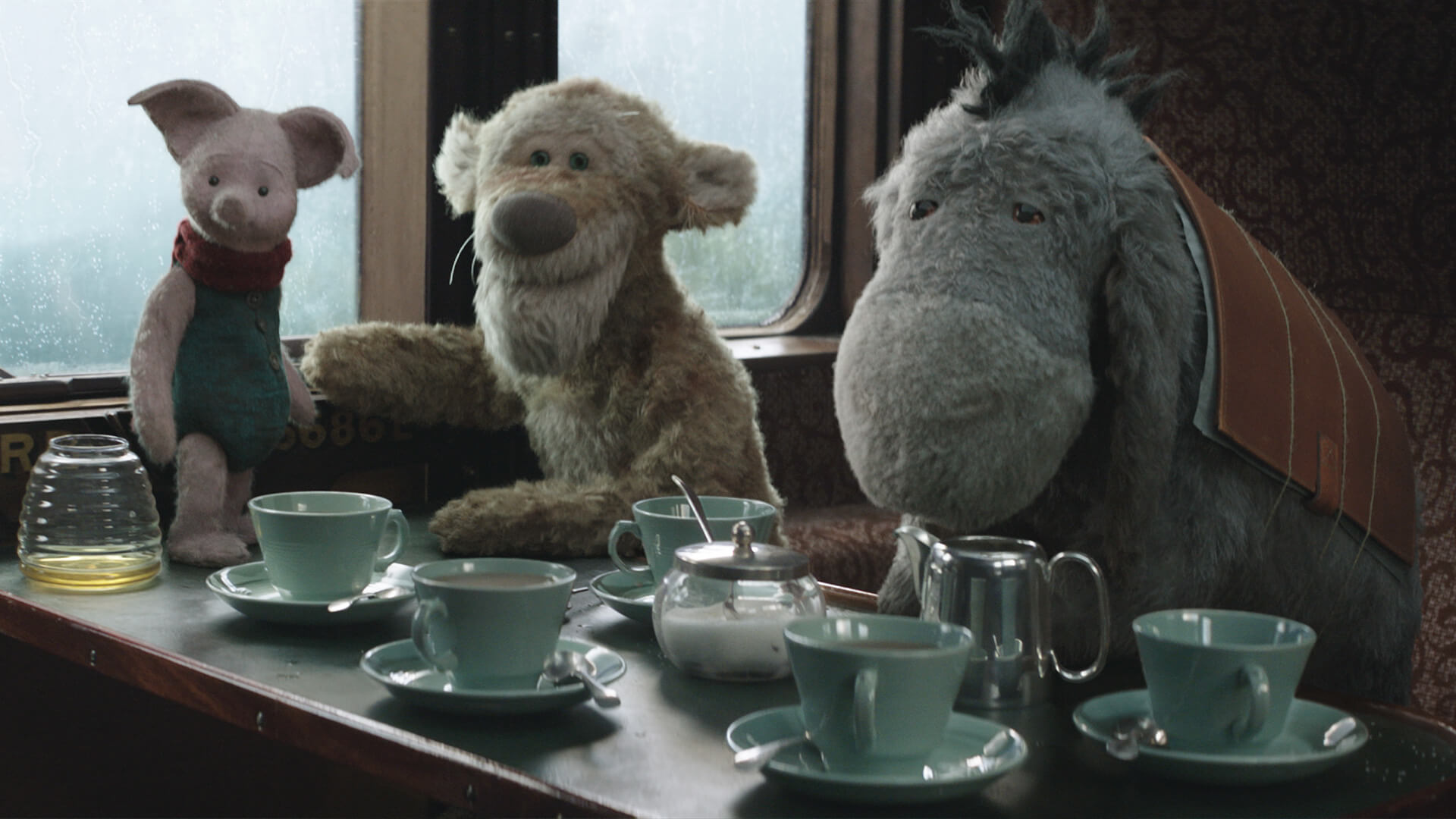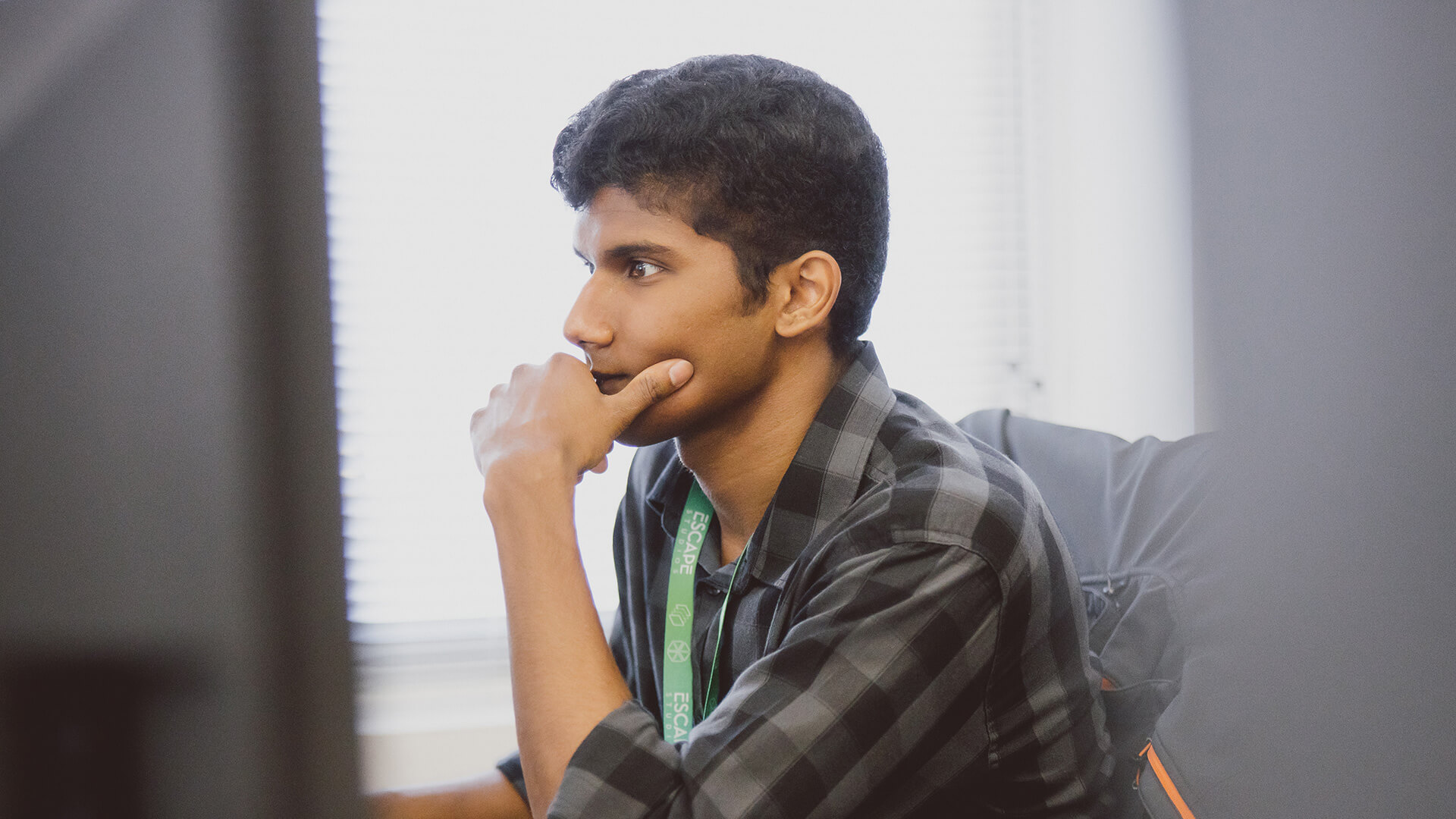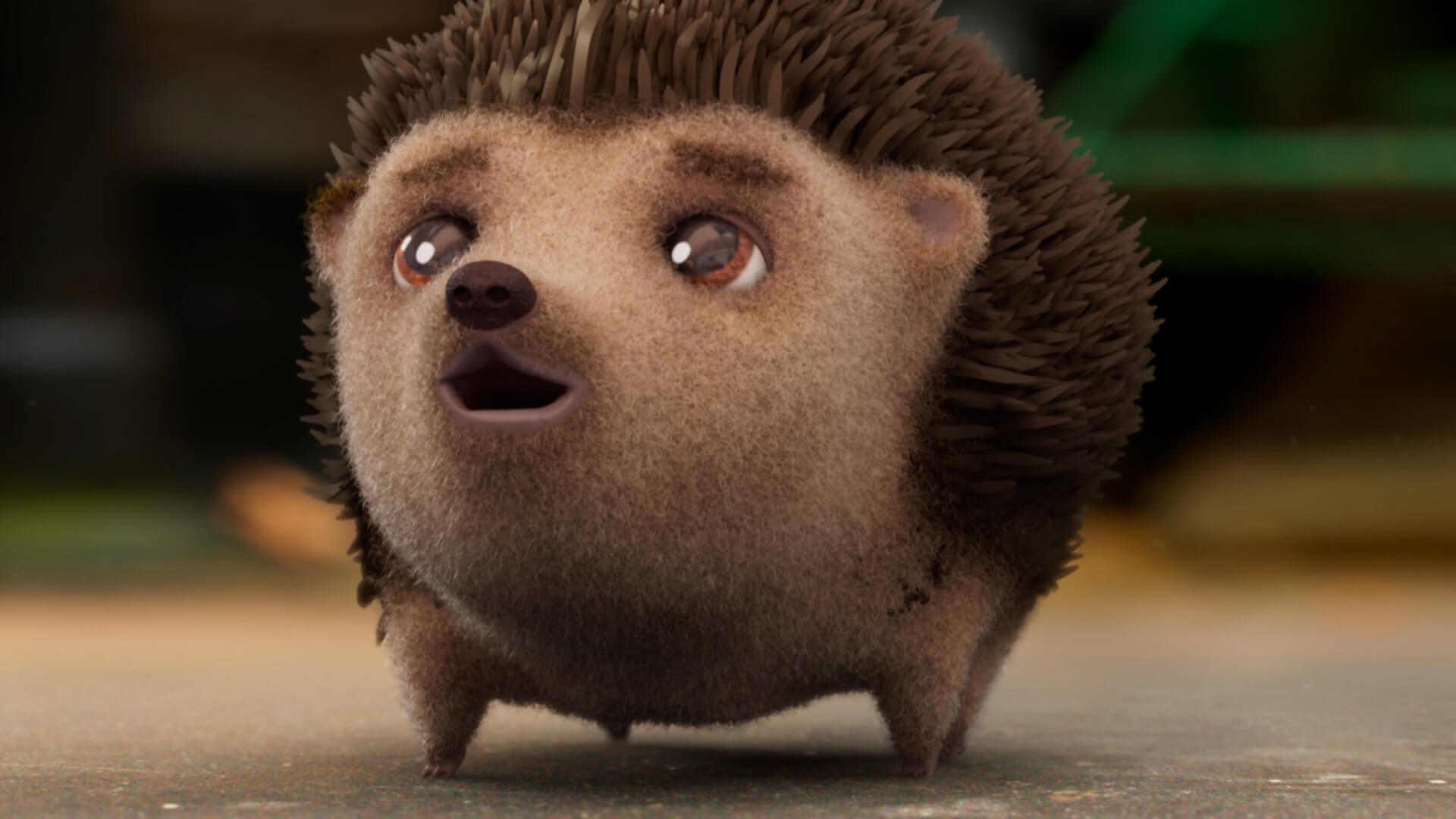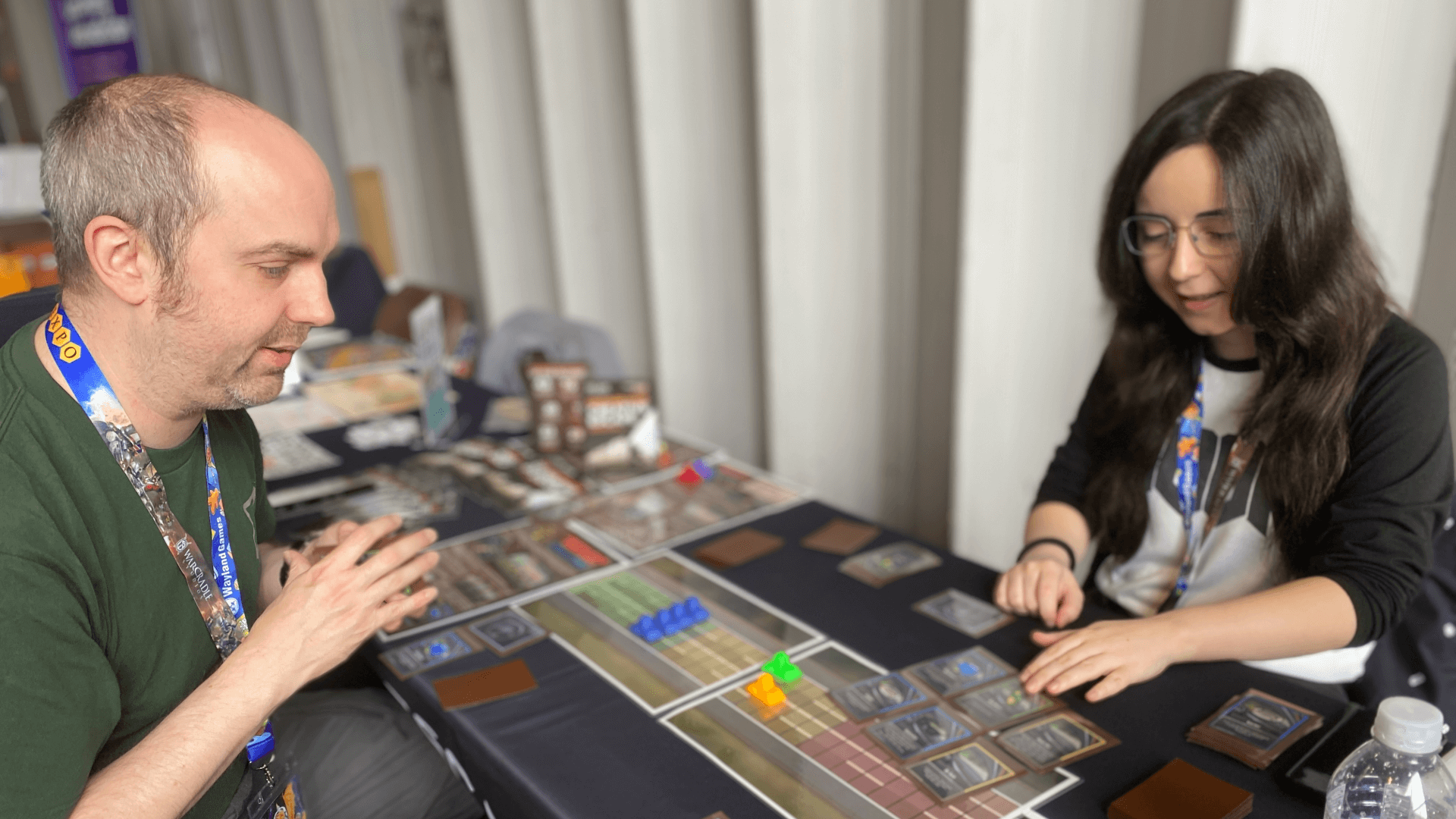news • 13 December 2022
What do you study on an Animation degree?

An Overview of our Animation Degrees
The first year of our BA/MArt Animation degrees involve introductions to Animation, Game Art, and VFX. You also get the opportunity to practice producing work in teams after learning fundamentals of the industry such as cinematography, movement and narrative.
These introductory modules are extremely beneficial, as they allow students to experience each discipline and go into their second year having a wider knowledge of important industry pipelines. For example, the introduction to animation in first year enables all undergraduate students to enter their second year with a good understanding of how to animate in Autodesk Maya, as well as the ability to animate basic movements such as biped walk cycles and bouncing balls.

The second year of the Animation course starts off with a more in-depth introduction to character and creature animation, which allows students to develop their skills in both areas and become more comfortable with different types of animation.
Students can then choose a specialism they are interested in and spend some time focusing on that before putting their skills to practice in two group projects towards the end of the year.
Third year is essentially a continuation of team projects, however, at this stage Animation students can collaborate with students from the Game Art and VFX courses to produce work of an even higher quality.
My Favourite Modules
Since starting my degree, I have developed a particular interest in creature animation and would love to specialise in that in the future, however, I have also enjoyed getting involved in pre-production and am keen to develop my skills in art direction and previsualisation.
Creature and Character Animation
Creature animation and character animation are the first two modules of second year. Creature animation starts with students applying their knowledge from first year to produce quadruped walk, run, and trot cycles; students are then taught how to animate the transitions into each.
During this module, students are also taught how to effectively use live-action references to make the animation look as realistic as possible. Whilst also using live-action references to produce realistic animations, the character animation module has a stronger focus on exaggerated poses and expressions as well as learning how to animate lip-syncing.
Particularly for character animation, students are encouraged to produce work for their submission that also fits the brief of an external project (such as one of The Rookies’ competitions or the 11-Second Club) so that their skills can be recognised in the industry!

Group Projects
One of the most valuable experiences while studying at Escape Studios is the opportunity to work in teams on high-quality creative projects. In the first half of second year, Animation students work together in groups to produce two short films (or documentaries/mockumentaries or trailers if preferred).
These projects are intended to replicate the experience of working on a project in the industry, therefore allowing students to greatly improve their soft skills and be prepared to go into work straight after completing their degree.
Something I have found extremely beneficial during these group projects is receiving feedback from external markers, since not only is this a great opportunity to improve your ideas and techniques, but it is also a way to form connections within the industry!
That’s it from me! Hopefully this can help those deciding on creative courses or who’d just like to learn more about an Animation degree.


